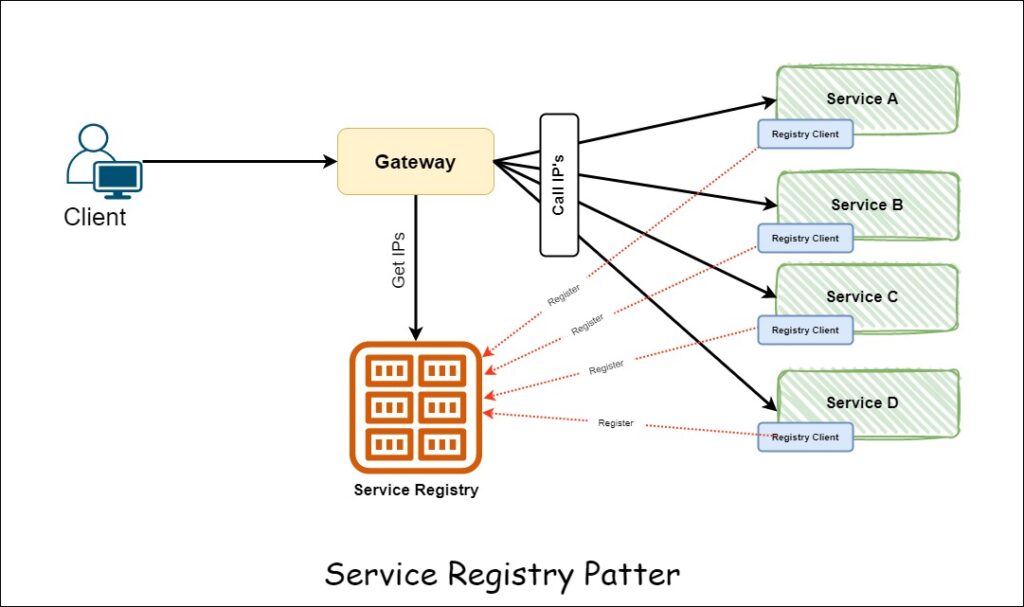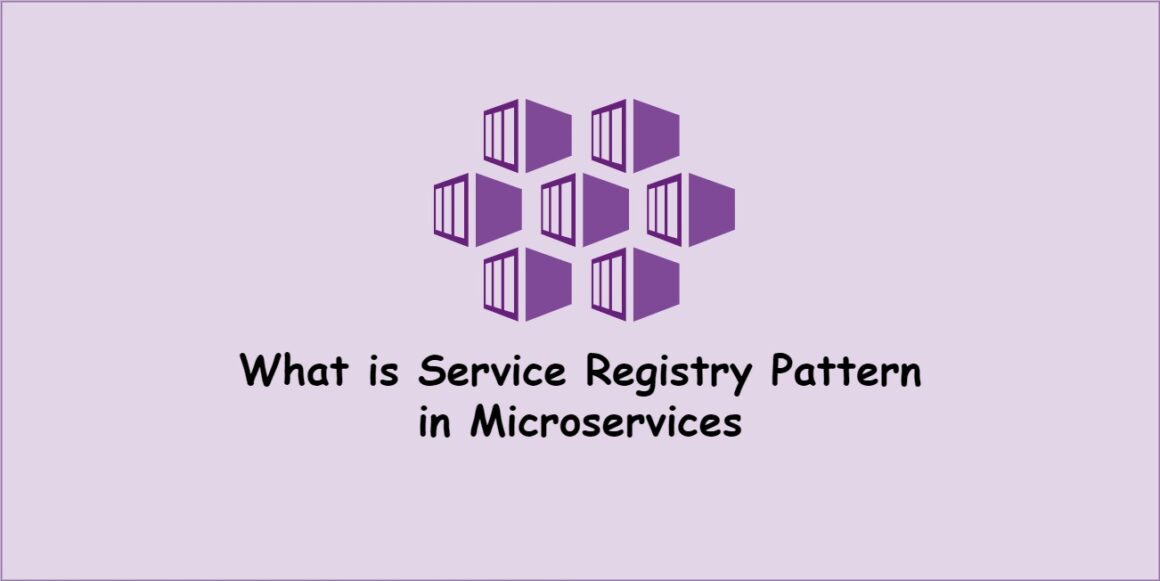Hello Techies,
As we know that IT industries encourage businesses to move towards microservices. In Microservices, there are lots of design patterns e.g. Service Registry, Circuit Braker, API Gateway, etc. In this blog article, we will look at the Service Registry Pattern in Microservices.
What is microservice architecture?
Microservice architecture is an architectural style that structures an application as a collection of small, independent, and loosely coupled services. In this approach, an application is divided into a set of highly decoupled services that can be developed, deployed, and scaled independently. Each service is responsible for a specific business capability and can communicate with other services through lightweight protocols, often using APIs (Application Programming Interfaces).
The best solution for adhering to a microservices framework is Kubernetes, a renowned container management platform. To learn more about Kubernetes architecture kindly refer Understanding the Components of Kubernetes Architecture
What is Service Registry Pattern?
The Service Registry pattern is a common pattern used in microservice architectures to enable service discovery and dynamic routing. In this pattern, a centralized service registry is used to keep track of all the available services within the system.

In the above image, you can see that the client service gets the IP of other microservices by querying a service registry. Other microservices should register to Service Registry by the Registry client. So in short you can say that The Service Registry acts as a database for microservices. When the client service needs to access internal services, then it will query to Service Registry and access them.
Here’s how the Service Registry pattern works:
Service Registration: Upon startup or deployment, each microservice registers itself with the service registry. It provides information about its network location (such as IP address and port) and any other relevant metadata (like service name, version, and supported protocols).
Service Discovery: Clients or other microservices that need to communicate with a specific service consult the service registry to discover the available instances of that service. They can query the registry based on the service name, version, or any other criteria. The service registry returns the network location(s) of the service instance(s) that match the query.
Dynamic Routing: Once a client or microservice obtains the network location of the desired service from the registry, it can directly communicate with that service. This enables dynamic routing and load balancing, as clients can discover and interact with multiple instances of a service to achieve high availability and scalability.
Heartbeat and Health Checks: To ensure the service registry has up-to-date information about the availability of services, each microservice periodically sends heartbeats or health check requests to the registry. If a service fails to send the heartbeat within a certain time window, it is considered unavailable, and the registry removes it from the list of active services.
By utilizing the Service Registry pattern, microservices can be dynamically discovered and addressed, allowing for flexible and scalable communication between services. The service registry acts as a centralized repository of service information, reducing the need for manual configuration and providing a scalable solution for service discovery in a distributed system.
One popular implementation of the Service Registry pattern is Netflix Eureka, which is widely used in microservice architectures built with the Spring Cloud framework. Other options include Consul, etcd, and ZooKeeper, which provide similar functionality for service registration and discovery.


